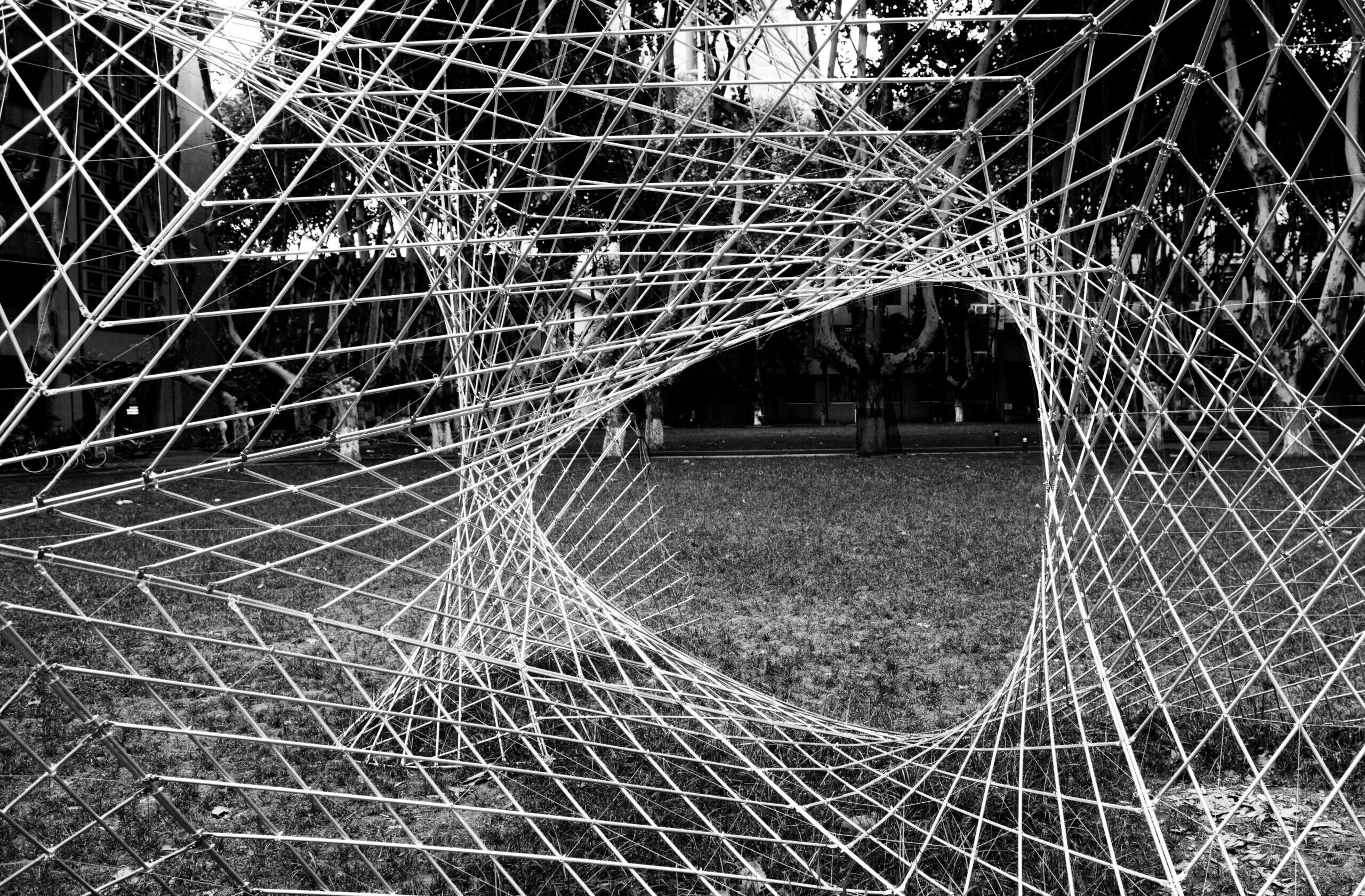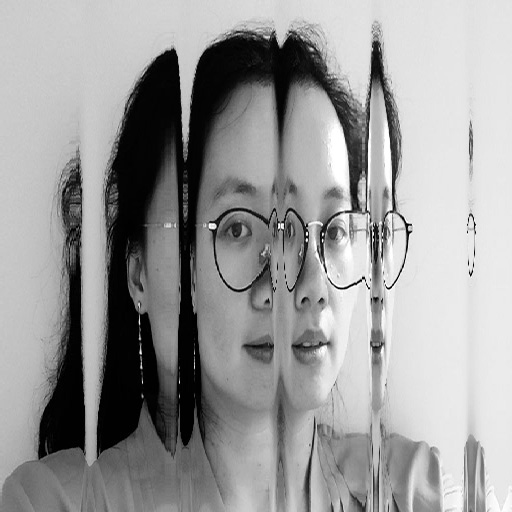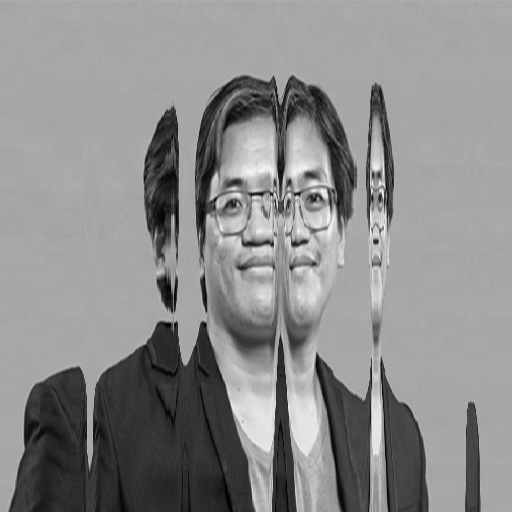
Utilizing XR Technology for Design and Reconstruction of Smooth Poly-hypar Gridshell
20th — 22nd April
10:00 AM — 6:00PM (SGT)
3 days
Think Tank 13
8 PAX
TING CAO
HARBIN INSTITUTE OF TECHNOLOGY SHENZHEN
SKY LO
HONG KONG POLYTECHNIC UNIVERSITY
NAME
DESIGNATION
NAME
DESIGNATION
On the final day, the instructional focus will transition towards practical application by examining two pre- optimized surface models as case studies. Employing HoloLens technology, students will actively partake in the disassembly and reconstruction of these surfaces. This experiential learning approach involves dismantling one surface and subsequently constructing the other, employing Mixed Reality (MR) devices. Having garnered insights into this process through case studies, students will then undertake the disassembly and reconstruction of their unique surface designs.
Required Hardware: Laptop (better with Windows), HoloLens (2 provided, can bring your own)
Required Software: Rhinoceros & Grasshopper
REGISTRATION CLOSES 18 APRIL 2024
INSTRUCTORS

CAO TING
Assistant professor: Architecture, Harbin Institute of technology Shenzhen
Dr. Ting Cao is an assistant professor at the Architectural Department of Harbin Institute of Technology Shenzhen (HITSZ). She received her doctoral degree of Science from the Chair of Structural Design at the Architecture Department of ETH Zurich, where she worked as a research assistant and postdoctoral researcher for seven years. As a designer with both architectural and structural background, interdisciplinary integration is the basic design philosophy that leads her research, teaching, and practice. In her research, technical issues have always been design questions. For instance, Her doctoral research provides an innovative geometrical solution to the classical problem of structure and construction in freeform architecture. It is a computational form-making method that integrates structural efficiency, construction sustainability, and spatial fluidity through the geometry of the smooth poly-hyper surface. It has been applied in several built projects, ranging from temporary installations to energy-efficient houses.

SKY LO
Assistant professor: Department of Environment and Interior Design (EID), School of Design, The Hong Kong Polytechnic University
Sky Lo is a Hong Kong-born Singaporean appointed as an Assistant Professor in the School of Design. He was previously employed at the Harbin Institute of Technology (Shenzhen). During his doctoral study, he was awarded a full doctoral scholarship by the Chinese University of Hong Kong and the Victoria University of Wellington. His main research area is the bottom-up human-centred architectural design concept, using XR, BIM, and gamification to create an interactive environment. He is currently working on “interactive reality”, transdisciplinary research on the interaction between the virtual and the physical environment. His work integrates design and technology to bridge the gap between the city and the rural setting. He has published numerous papers on transdisciplinary research towards interactive design and is now one of the various high-impacted academic organizations’ primary committee members and reviewers.

Philip Yuan
professor and associate dean, Tongji University,
Honorary Fellow of American Institute of Architecture (Hon. FAIA).
co-founder, DigitalFUTURES Association,
Editor-in-Chief, Architectural Intelligence journal
founding partner, Archi-Union Architects & Fab-Union Technology
Philip F. Yuan is a professor and associate dean of the College of Architecture and Urban Planning at Tongji University, Honorary Fellow of American Institute of Architecture (Hon. FAIA). He is also the co-founder of DigitalFUTURES Association, a global educational initiative with a particular emphasis on the latest computational design and fabrication technologies, Editor-in-Chief of Architectural Intelligence journal, and founding partner of Archi-Union Architects & Fab-Union Technology. Yuan has served as Thomas Jefferson professor at University of Virginia (2019), the visiting professor at Massachusetts Institute of Technology (2019), and Royal Melbourne Institute of Technology (2021). He has also served as council member of UIA Professional Practice Commission (PPC).
Yuan was attributed with UIA 2023 The Auguste Perret Prize for Technology in Architecture. His work has been recognized with notable awards, including 2022 AIA Open International | Architecture Honor Award, 2022 Dezeen Award Best Civic Building, 2020 ACADIA Innovative Academic Program Award of Excellence and etc.
Yuan has participated in Venice biennale, Chicago biennale, Milan triennial, Tallin biennale, etc. His works have been collected by MOMA New York City, M+ Hong Kong and Centre National d’art et de Culture Georges Pompidou.




